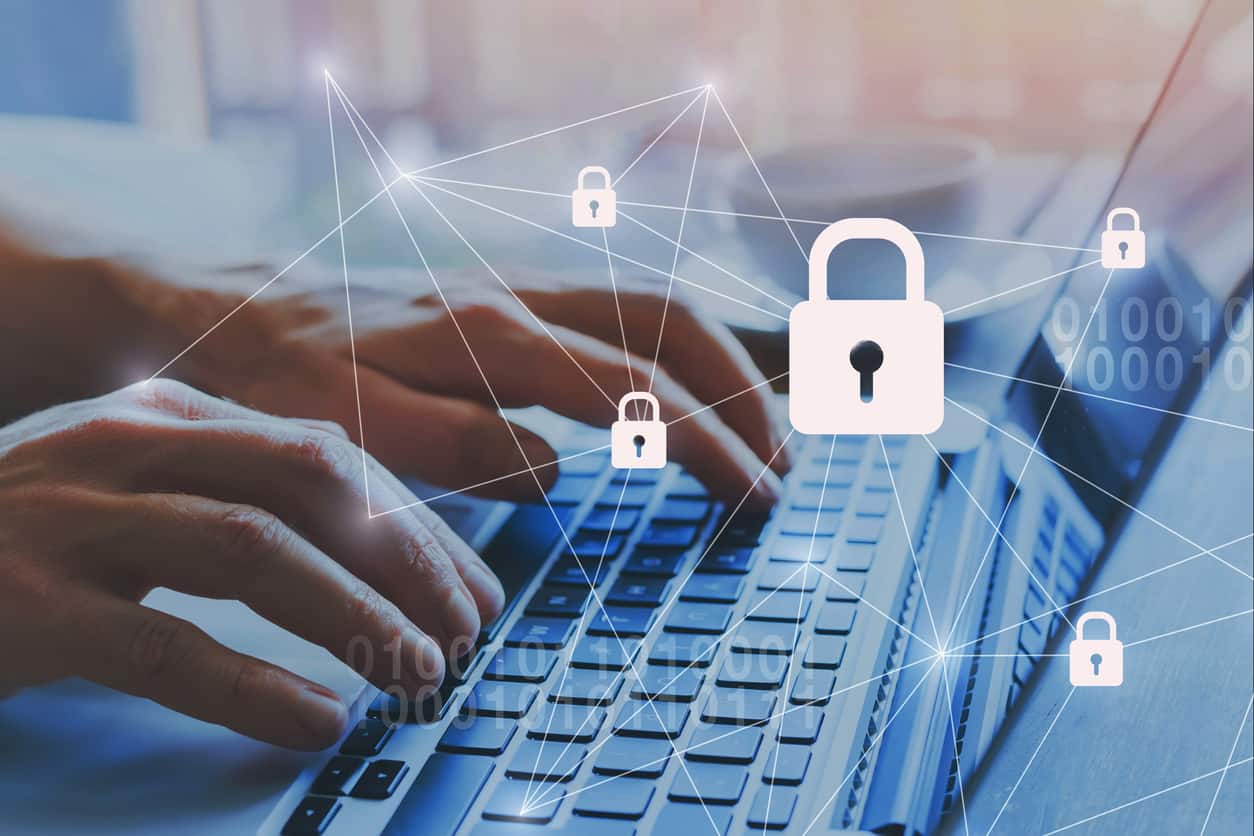Unlocking Talent: How Skills-Based Hiring is Transforming Talent Acquisition
Employers are recognizing the necessity of taking a skills-based hiring approach, in fact, LinkedIn’s Future of Recruiting Report found that 73% of recruiting professionals say hiring based on skills is a priority. Skills-based hiring is gaining momentum, and organizations are removing the degree requirement, but it’s not enough to power your Talent Acquisition strategy.
Traditional Hiring Practices
This approach often prioritizes formal education and certifications. These credentials indicate a candidate’s knowledge, but they don’t always reflect their practical skills or ability to adapt to real-world scenarios and challenges. Using this practice alone will limit your talent pool and exclude candidates who may possess the skills but lack formal qualifications.
Skills are the New Currency
Skills-based hiring focuses on candidates' abilities to perform specific tasks. Focusing on these tasks/skills can have significant advantages:
- Broader Talent Pool - Ability to tap into a diverse range of candidates, including those who are self-taught or have gained experience through non-traditional means.
- Better Job Fit - Skills-based assessments can accurately predict the candidate’s ability to succeed leading to better job performance.
- Adaptability - In fast-paced fields like cybersecurity, where threats and new technology are constantly evolving, skills-based hiring ensures that employees have the most current and relevant skills.
- Retention - 93% of apprentices are retained after completing the program according to apprenticeship.gov.
Innovating the Hiring Process
HR can play a pivotal role, here’s where to start:
- Develop a Skills Ecosystem - create a comprehensive list of skills/core competencies required for various roles within the organization.
- Design a Skills Assessment – Implement practical assessments such as coding challenges, case studies, or task simulations to evaluate ‘real-world scenarios.
- Pilot Program – Select a specific department or role to implement, this allows for easier monitoring and quick pivots according to the data you discover. Tip: Start with a high-impact area like infosec/cybersecurity, due to the growing demand for skills and ever-changing requirements there is significant ROI potential.
- Executive Buy-In – Gaining executive support is crucial. Use data, involve key stakeholders early in the process, present data-driven insights, and align this program to the company initiative.
HR’s role in driving skills-based hiring initiatives is crucial for the future success of organizations. By innovating the hiring process, securing executive buy-in, implementing supportive policies, and piloting effective programs, HR can ensure that the organization attracts and retains top talent, ready to meet the challenges of tomorrow. Budgeting for FY2025 is right around the corner, there is no better time to bring this initiative to your organization than now.










